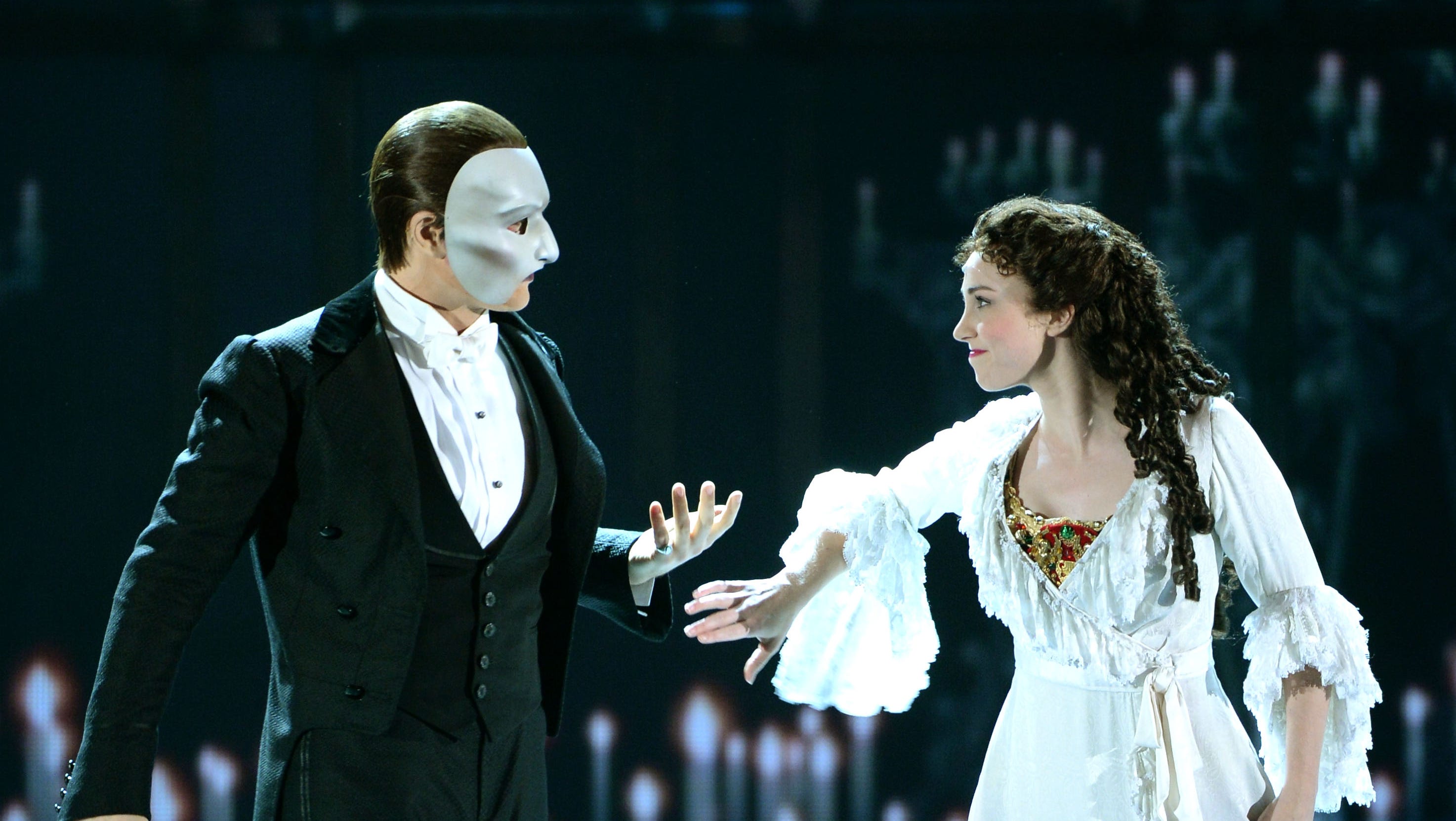

The charge of begging the question in the opposite direction, namely, simply assuming that there is no such quality of a mind-independent object will, as we shall see, constitute the basic thrust of our attack on the sceptical or subjectivist argument.Ħ. of proceeding see George Pitcher, Berkeley: The Arguments of the Philosophers (London, Henley and Boston, 1977), 101. See The Problems of Philosophy (1912 New York, 1959), 38ff.ĥ. 2 of The Works of George Berkeley Bishop of Cloyne, ed. George Berkeley, Three Dialogues between Hylas and Philonous, in vol.

Examining these paratexts and Lloyd Webber’s later reworkings of the material (as seen in its 2004 film adaptation and its 2010 sequel), this article argues that the composer-producer’s attempts to appropriate the ‘phantom’ legend have been repeatedly disrupted by the novel’s spectral resurgences in the public imagination.ġ.

This article demonstrates how Leroux’s novel was subsequently marginalized via a strategic project of displacement in the megamusical’s ‘paratexts’, such as programme notes and media interviews. In doing so, however, Lloyd Webber lay down the limitations of his own creative authority over the material by establishing a ‘knowing audience’ primed to experience both the ‘hypotext’ of the novel and the ‘hypertext’ of the musical through the prism of the other. Lloyd Webber and his collaborators initially differentiated the megamusical from previous adaptations by heralding a return to the spirit of Leroux’s narrative. The final Broadway performance, will be its 13,925th show.This article investigates the ambivalent relationship between Andrew Lloyd Webber’s 1986 megamusical The Phantom of the Opera and its 1910 source novel, Gaston Leroux’s Le Fantôme de l’Opéra. “Yet “Phanton” has surpassed that show’s extraordinary Broadway run.”Īfter “considerable discussion” that involved Mackintosh, Lloyd Webber, the Shubert Organization, and producers The Really Useful Group, “we concluded that the right time for “Phantom” was after the show’s 35th birthday.” “Indeed, my production of Andrew ‘Cats’ proudly declared for decades ‘Now and Forever,’” he added. “As a producer, you dream that a show will run forever,” Mackintosh said Friday. Shortly before the COVID-induced lockdown, the show was averaging about $1 million per week. Last week, the show’s box office hit just over $865,000, filling 81% of its seats. However, the COVID-19 pandemic, which was devastating for the entire theater industry, proved to be too much for the dramatic love story. As of September, it had been seen by 19.5 million people in nearly 14,000 performances, grossing $1.3 billion since it opened, according to numbers compiled by The Broadway League, the national trade association for the Broadway industry.


 0 kommentar(er)
0 kommentar(er)
